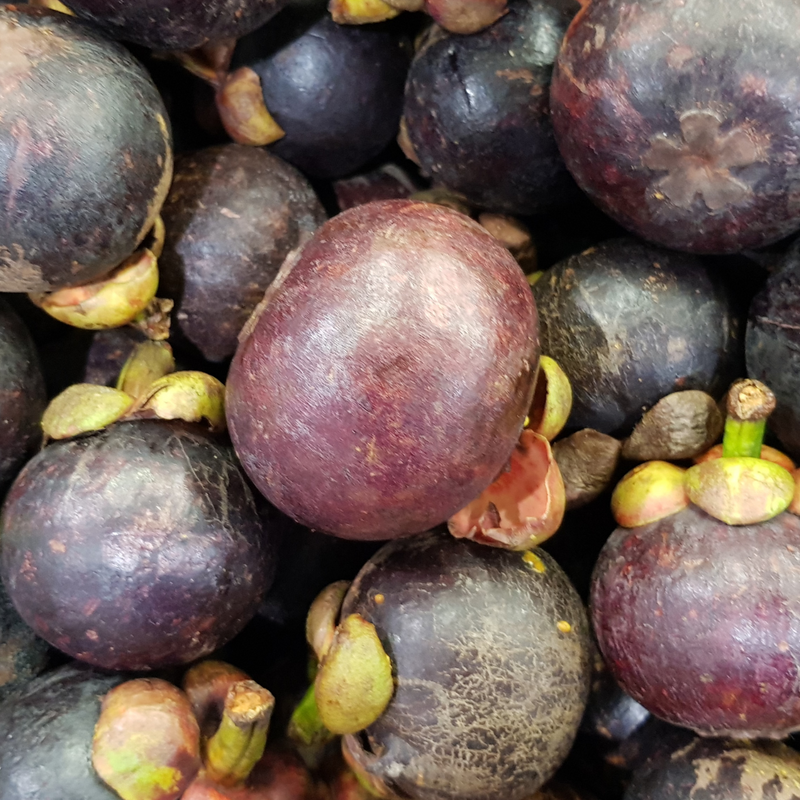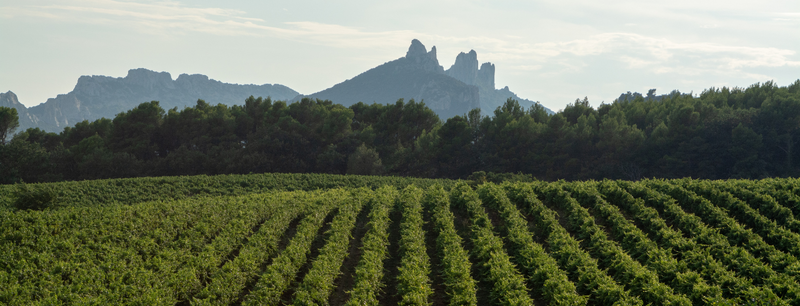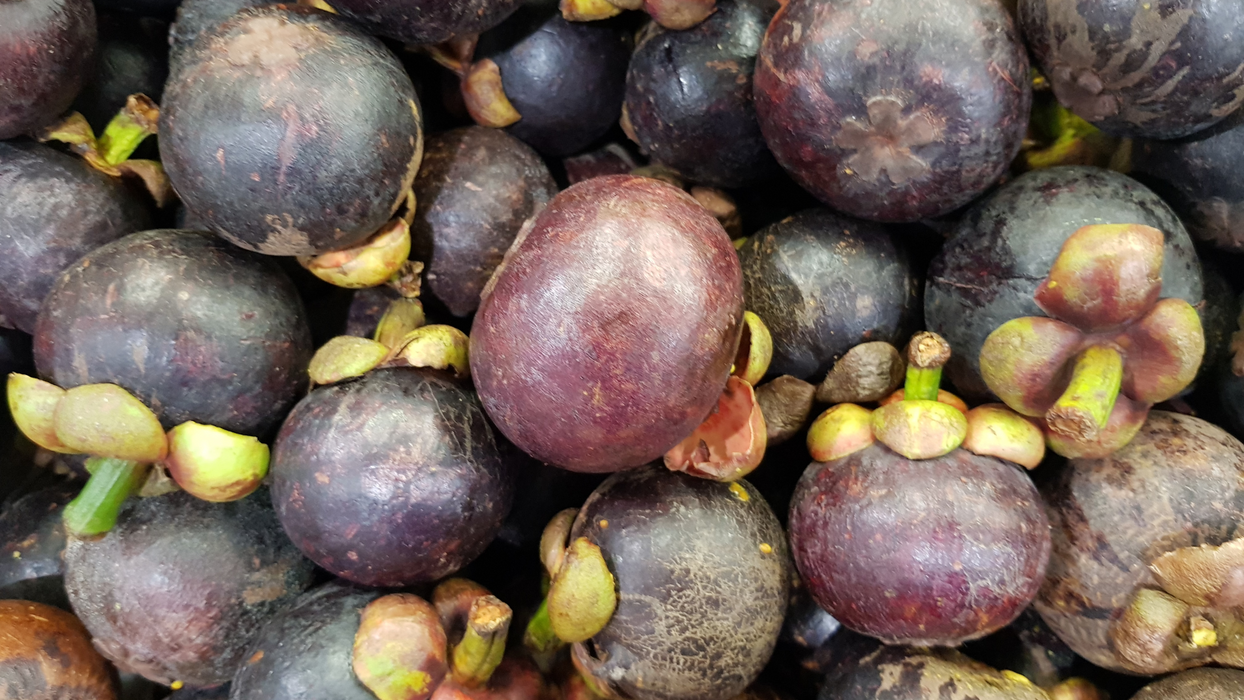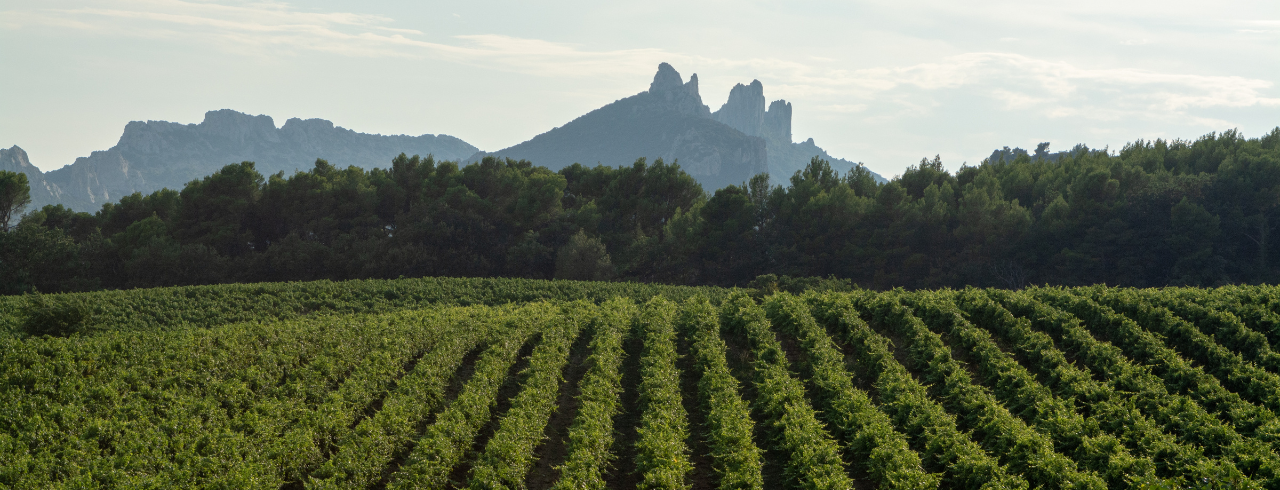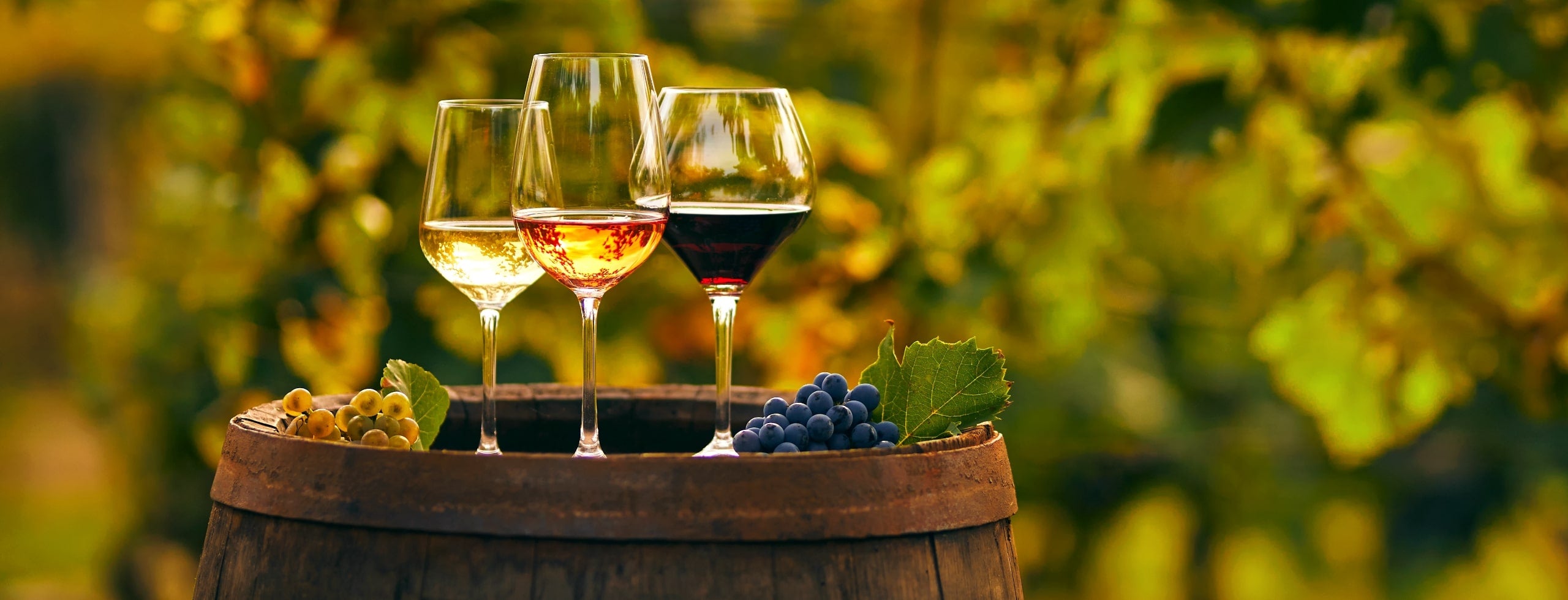
10 Varietals You Should Know
We’ve created a list of ten varietals that might be a bit lesser known but deserve any wine lover’s attention. Expand your wine horizon with our quick intros below!
1. Aglianico
Allegedly, the first-ever written restaurant menu discovered in the town of Pompeii near the slopes of Mount Vesuvius listed the cost of 1 coin for food and 2 coins for food with wine, but it was 4 coins for just a cup of Falernum, their best wine. Falernum was the name for wine made from the Aglianico grape. According to Roman philosopher Pliny the Elder, in 49 A.D., in celebration of the conquest of Spain, Julius Caesar drank the finest Aglianico ever made, a 170-year-old wine made in 120 B.C. That is indeed the definition of an oldie but a goodie! If you like big bold wines with powerful tannins and aromas of dried fruit and earth, this is the grape for you.
2. Nerello Mascalese
There are 70 documented indigenous grapes in Sicily, and Nerello Mascalese is by far one of the most representative of the region. Nerello means “little black one” in the Sicilian dialect, and Mascalese refers to the place of birth of this grape which is the town of Mascali near the famous Etna volcano. This grape thrives on the volcanic soils of this region, and these wines are light and fruity in appearance but with a big and bold personality. Occasionally compared to Pinot Noirs from Burgundy, these wines inherit a slightly smoky flavor from the soil, which adds to the complexity of these wines.
3. Furmint
Far and away the most important grape of Hungary, Furmint is a high acid, high sugar grape that can produce many styles of wine from laser sharp dry whites to lusciously sweet dessert wines. Be on the lookout for the sweet wines of Tokaji Azu.
4. Carménère
Although native to Bordeaux, France, Carménère was so hard to grow in its native climate that it was uprooted and subsequently declared extinct. Luckily, in the 1800s, a few Europeans had brought this grape to Chile, where the climate and soils were ideal for making wine with it. Initially mislabeled as Merlot, this grape helped Chile gain a reputation for its great full-bodied Merlots with a slightly different flavor profile than their European counterparts. In the mid-90s, with the introduction of DNA profiling, their Merlot turned out to be Carménère. Now thriving in Chile, you’ll want to try these gorgeous wines with chocolate-covered fruit aromas often revealing a lovely spicy finish.
5. Fiano
Fiano is an ancient white grape of southern Italy known for its aromas of apples and honey and its ability to age. It is the ideal grape for those who love full-bodied whites like Chardonnay or Grenache Blanc but love to explore wines with a long pedigree with a taste indicative of their country of origin.
6. Viognier
Cultivated in the Rhône Valley since Roman times, this grape is believed to be initially from Dalmatia, modern-day Croatia, and was brought to Northern Rhône by Emperor Probus in the second century A.D. Viognier produces outstanding wines with powerful aromas. It can be a difficult grape to grow because it’s prone to vine diseases like powdery mildew and has low and unpredictable yields. On top of that, it is best picked when fully ripe because if harvested too early, it fails to develop the full extent of its aromas and flavors, while if picked too late, the wine is oily and lacks perfume. When handled deftly, the result is an unmistakably unique wine, meaning when you taste an excellent Viognier, you’ll know it was a labor of love.
7. Kekfrankos (Blaufrankisch)
Kekfrankos is a grape that originated in ancient Franconia, a region in modern-day Germany. Once called Blauer because of its bluish hue, the grapes were given the suffix “Frankish” in the Middle Ages as a way to indicate its appellation as Franconia was known for higher quality wines. Europeans valued them so much that they often used them as a currency to barter. Hungarians and the Austrians adopted this grape and began cultivating it, eventually known by the two names Kekfrankos and Blaufrankisch, which both translate to “the blue from Franconia.” Try Kekfrankos if you like medium-bodied wines with tart black and blue fruit aromas, great acidity, and a touch of flintiness.
8. Zinfandel
Zinfandel has had many names and an exciting past. Originating in ancient Dalmatia, modern-day Croatia, this grape was mentioned for the first time in the early sixteenth century under the name Tribidrag. From Dalmatia, Tribidrag spread throughout the Balkans, Eastern Europe, and southern Italy taking on a new name in each place. The most common names in use today are Crljenak Kanstelansky and Primitivo. Eastern Europeans brought the grape to the U.S. in 1820 and planted it in the beautiful vineyards of Long Island, naming it Black Zinfandel. While Zinfandel may not be native to the U.S., it is considered one of the few authentic California originals. Here’s why: the grape made its way to California during the gold rush. Over time it adapted to the weather and soil of the golden state. It completely changed its flavor profile from its European descendants, creating an entirely new and distinct identity. In California, it got the name we know it by today, Zinfandel. It produces a very fruit-driven, easy to drink, and budget-friendly red wine.
9. Grillo
Grillo is a true Siciliano! Born and raised on an Italian island; it is the offspring of two ancient Sicilian grapes Catarratto and Zibibbo. This is no baby grape, mind you. In the first century B.C., winemakers used it to make one of Julius Caesar's favorite wines--the sweet Mamertino of Messina. Grown almost uniquely in Sicily and planted throughout the island, this grape's home is located near the city of Trapani in the northwest. This location faces the Mediterranean Sea and receives warm winds from the deserts of Tunisia. The first notes you'll detect in the aroma of this wine are lemon-lime and tangerine with honeydew flavors. You'll taste those notes followed by the secondary elements of white flowers and wheatgrass. It's dry, light, refreshing, with sharp acidity and mineral qualities. If you like your white wine to be crisp and fresh Grillo is the wine for you.
10. Fresia
If you are a lover of classic wines like Barolo and Barbaresco, you already know that the grape used to produce these wines is the Nebbiolo. Fresia is the father of Nebbiolo. Both grapes produce intensely aromatic wines with incredible depth of flavor and unparalleled aging potential. Where they differ is that Fresia wines are more unpretentious and approachable. Fresia is a grape known for its berry-like flavors and great tannins. It produces fruity wines with vibrance that offer a great bite from the tannins and lively acidity. Although they are great if enjoyed immediately, they can also be saved and continue developing more complex flavors.
Raise a glass and enjoy!
